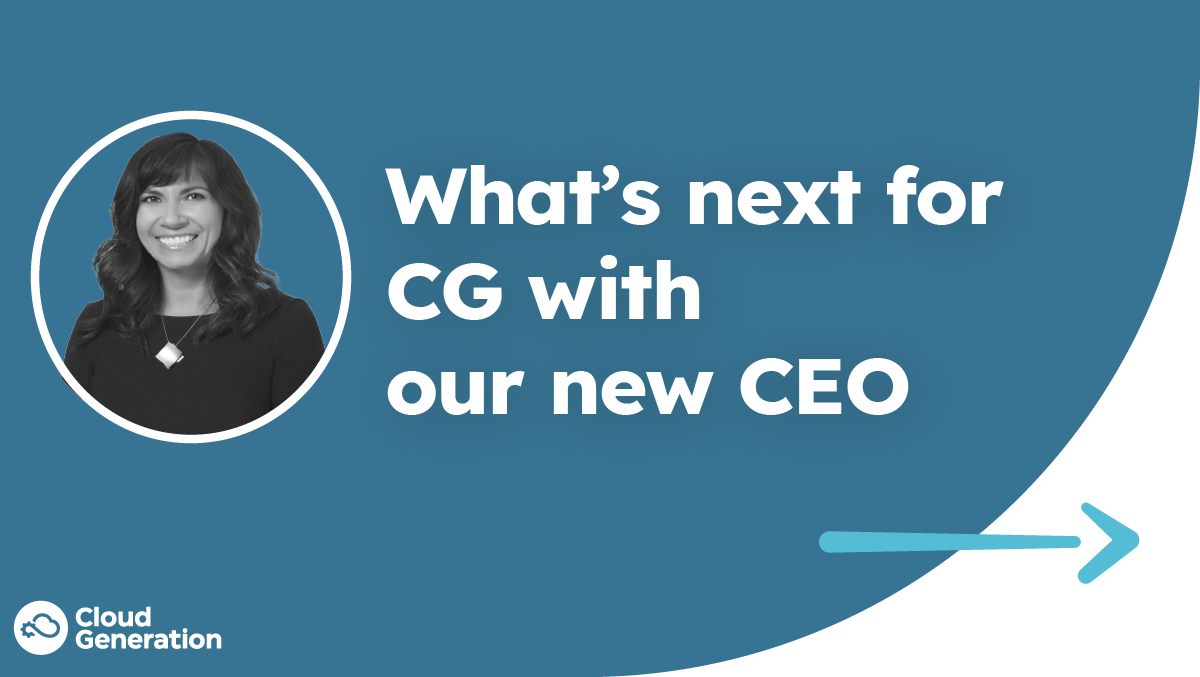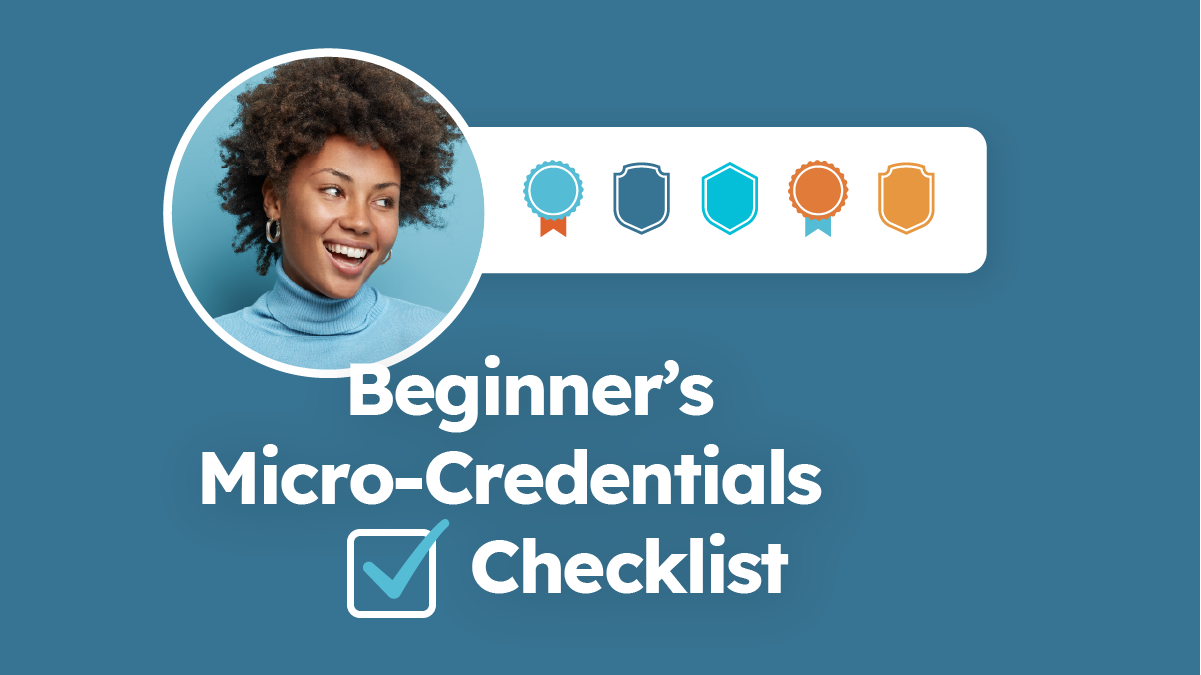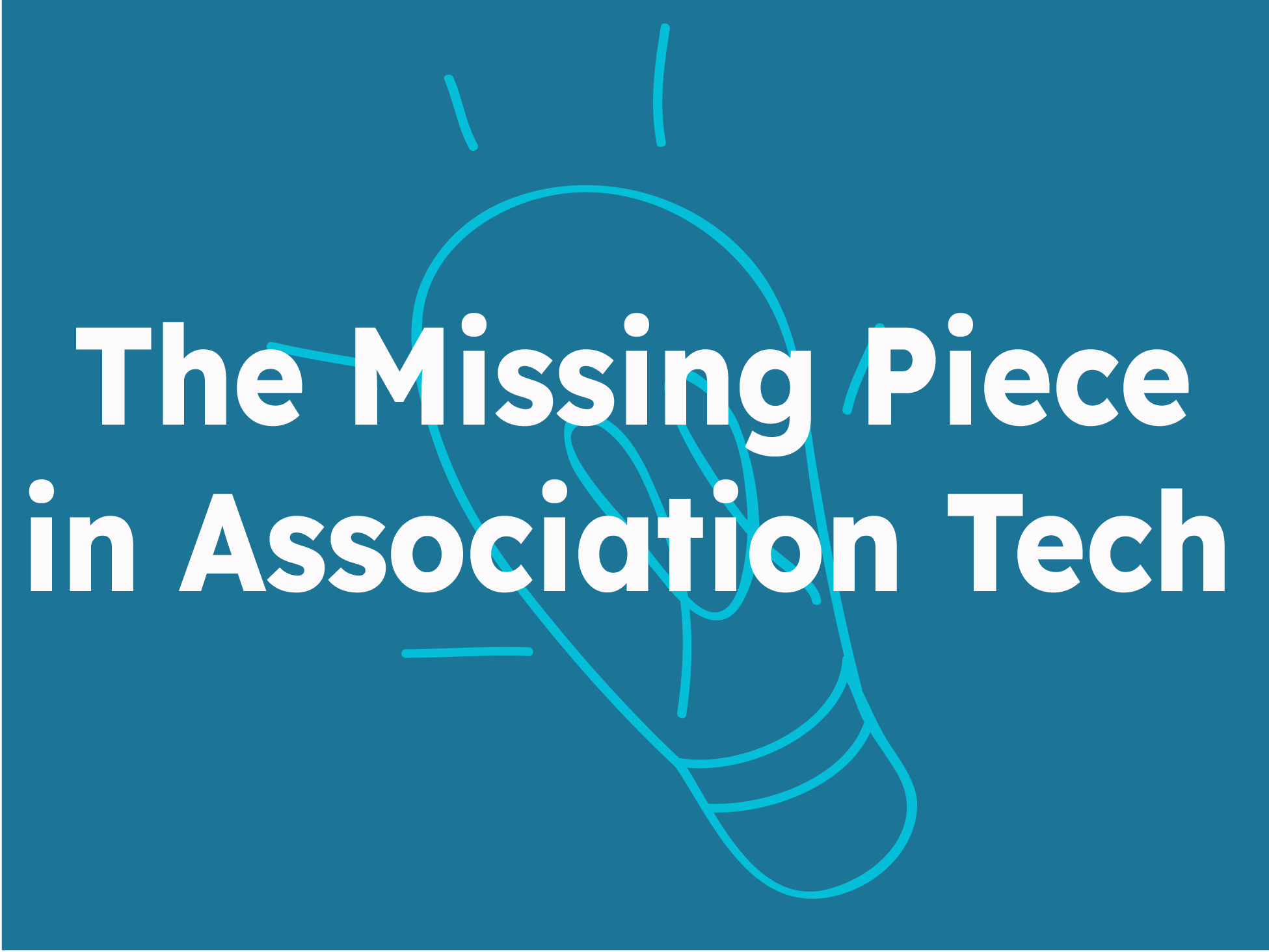New CEO Heather McNair shares what’s next for Cloud Generation

Two years ago (almost to the day!), a group of close friends and colleagues took a big leap and started Cloud Generation, a new software company serving the association community. Those two years have passed in the blink of an eye, and we’ve been through big changes in that time: renovating and selling homes, three cross-country moves and a new little addition to the CG family on the way, just to name a few.
We’ve also come to market with an incredible credential management software suite. Each day using the software, I have a moment where I marvel at what we’ve built together – I couldn’t be prouder of the work the team has done.
I’m honored the team has asked me to move into the CEO role and lead Cloud Generation into the future. Rob Wenger, our current CEO and chairman of the board, and Conor Sibley, CTO, have spent countless hours over the past two years building a strong foundation for both the company and our credentialing platform. Now ready to move on to their next challenge, they will be joining our friends at Association Analytics (A2) to lend their expertise as A2 plans for what’s next. Rob and Conor will remain on CG’s Board of Directors and serve as advisors as we launch into our next phase of growth.
Throughout my 20 years in the association space, both as an association executive and vendor, I’ve been fortunate to have the opportunity to use cutting-edge technology to improve member experiences – from online communities back in the early aughts to automation, machine learning and AI with Higher Logic. I’m excited to bring those experiences to this new role and continue pushing the limits of what’s possible.
We’ve taken a forward-thinking, “What if…” approach at Cloud Generation, answering with the creation of a credential, badge and learning delivery management platform beyond anything we could have imagined two short years ago. Now we’re delivering curated, guided learning experiences through efficient, data-driven automation – and we’re just getting started.
Many thanks to Rob, Conor, and the rest of the incredibly hardworking team at Cloud Generation for ensuring our vision came to life. And many thanks to our amazing clients and friends in the industry for all your support and feedback. I’m humbled by your faith in me and excited to continue giving back to the association community.















